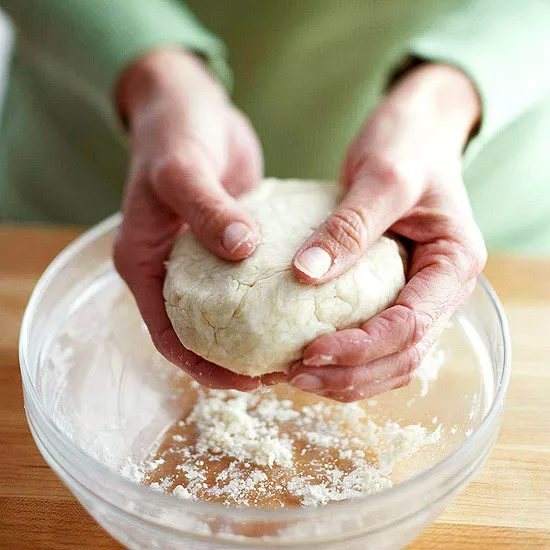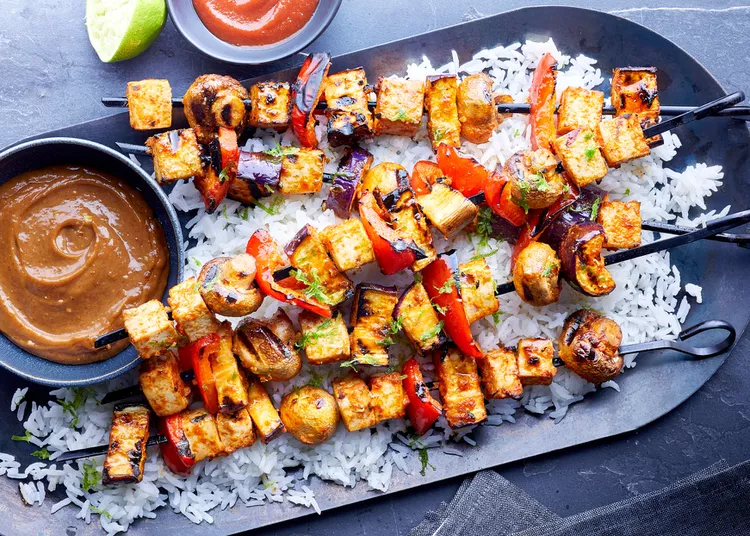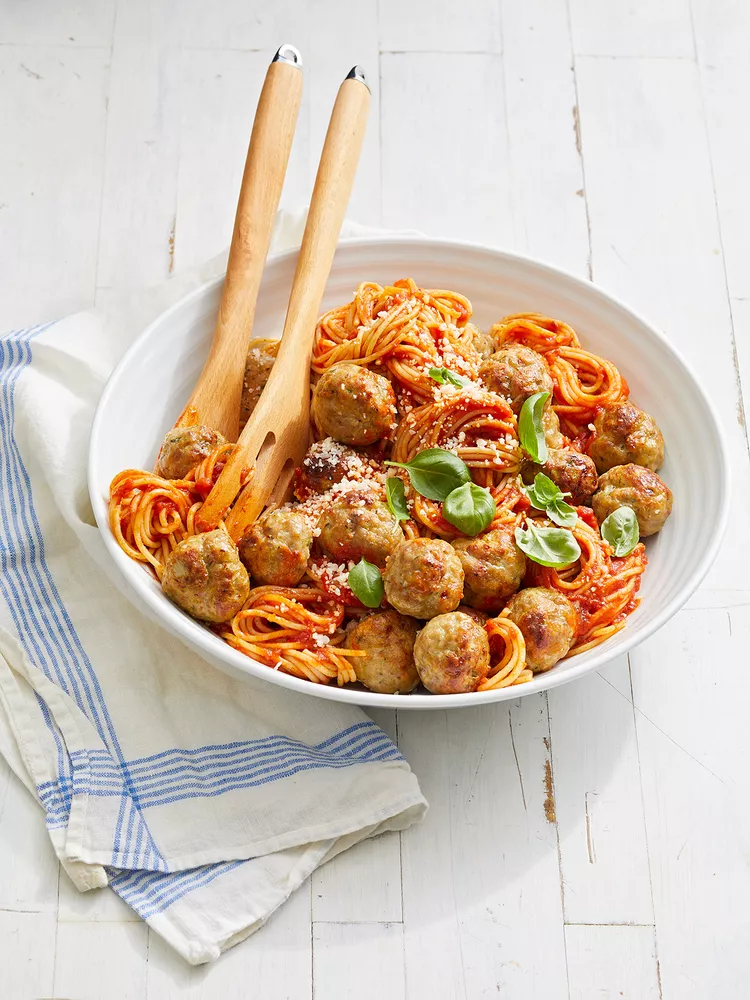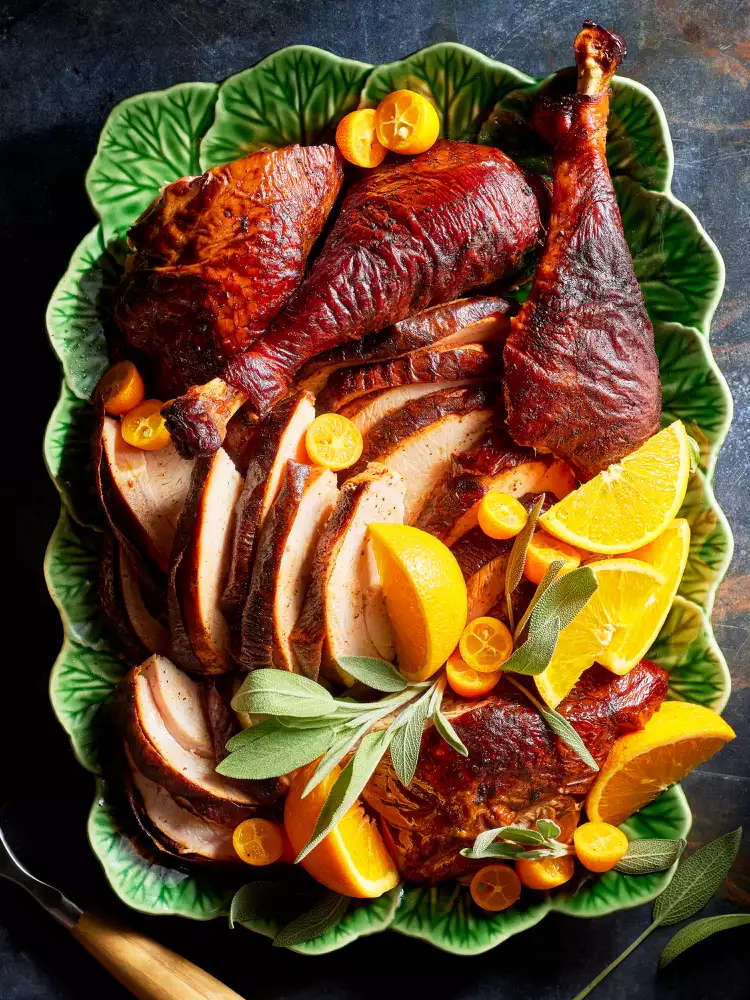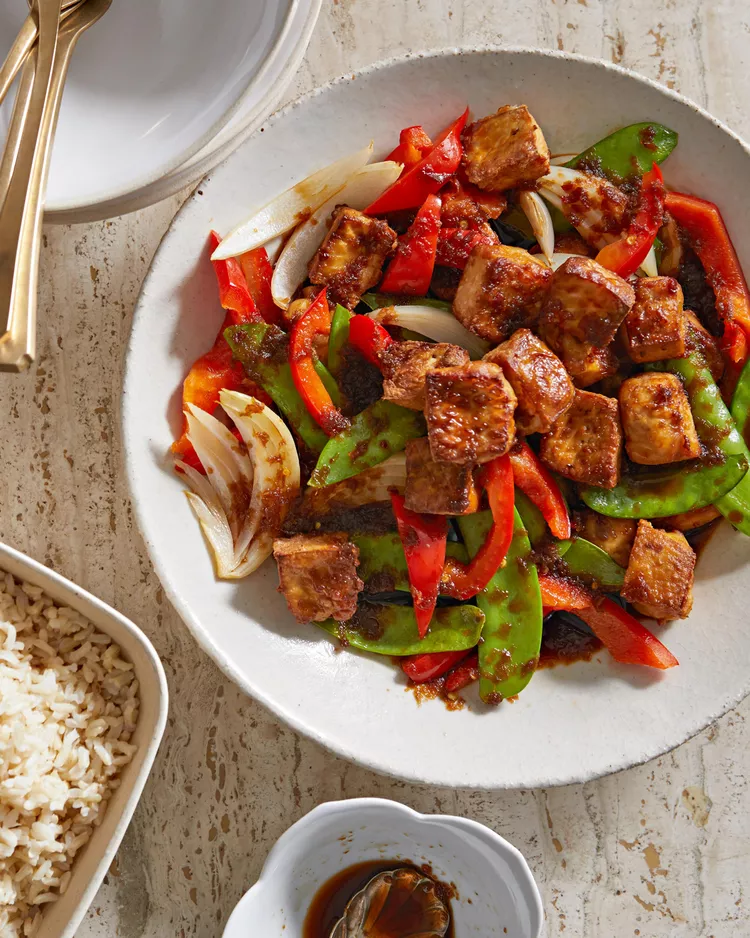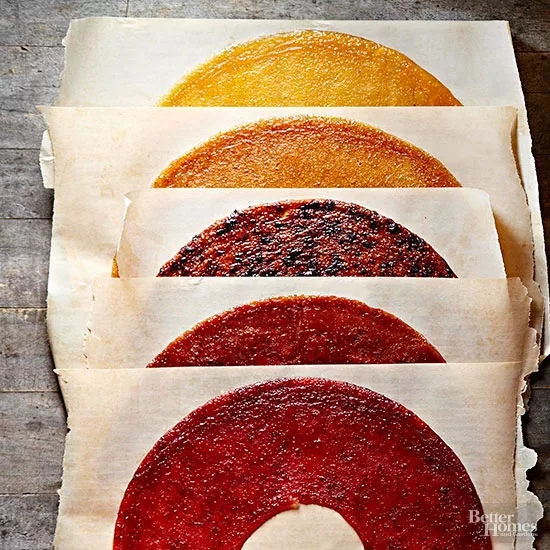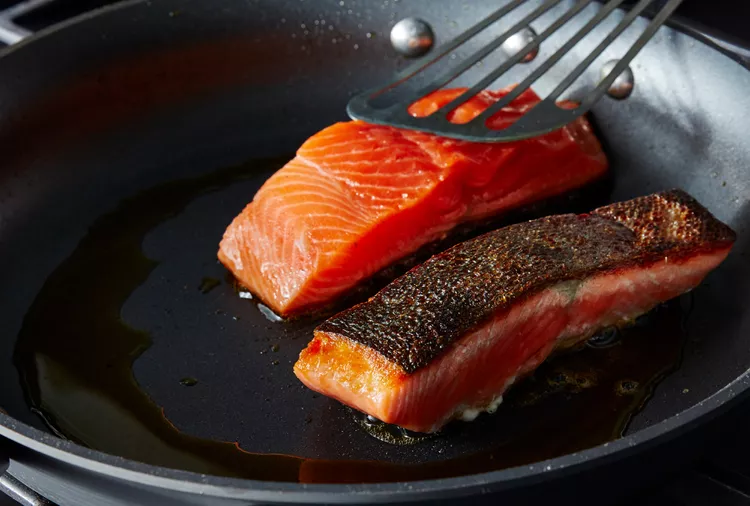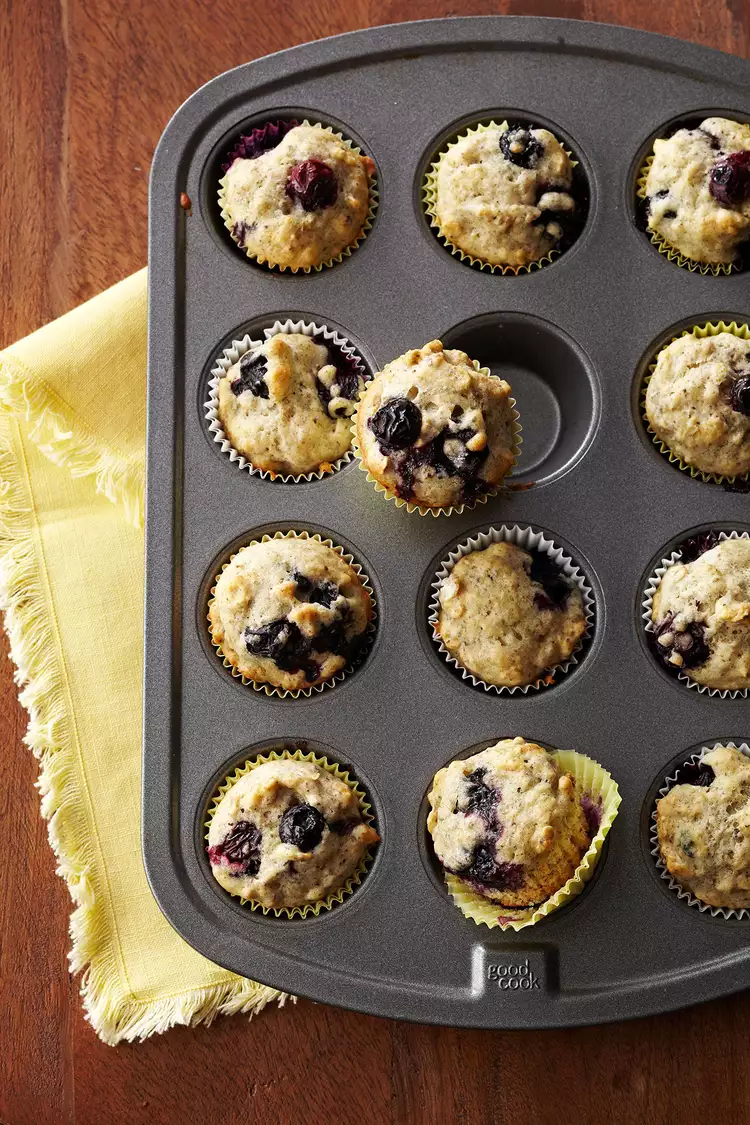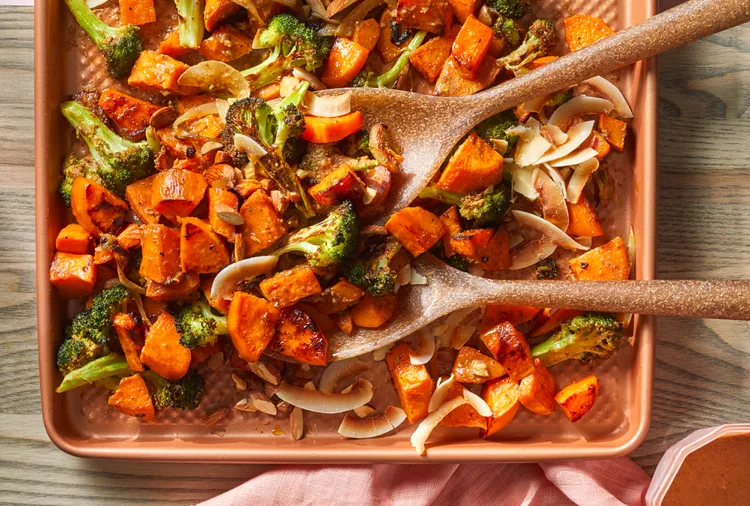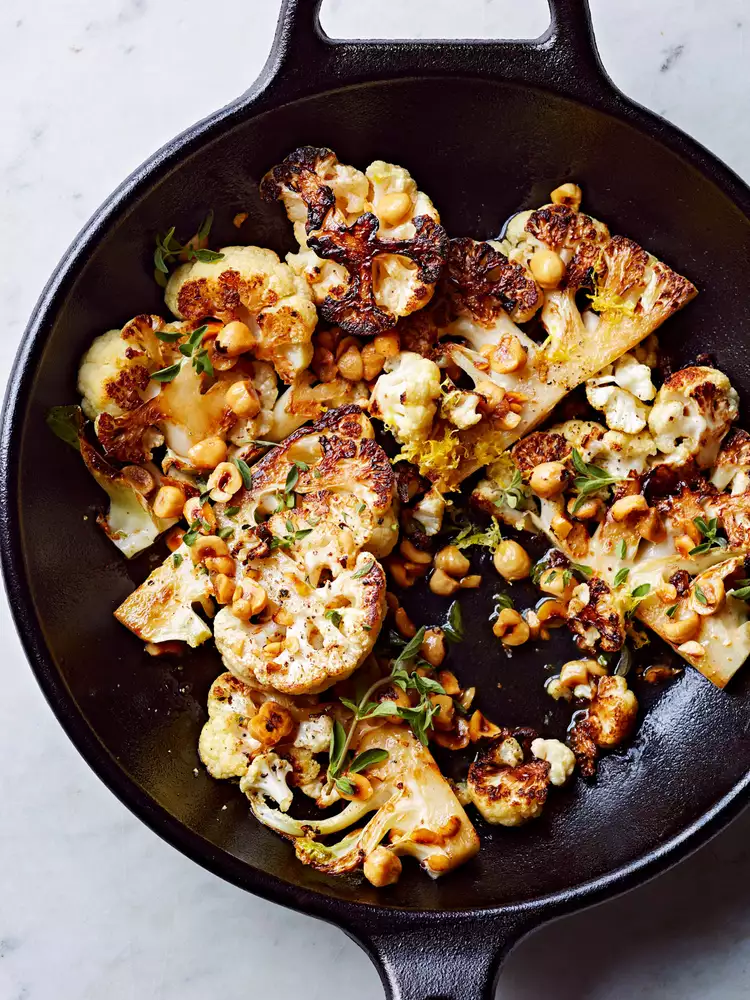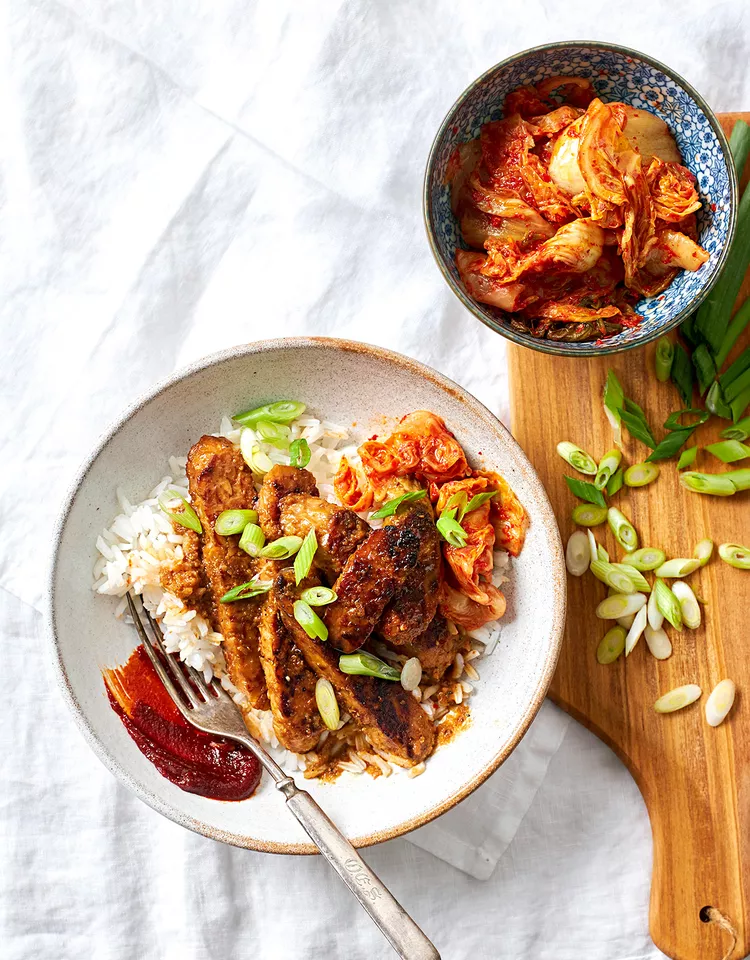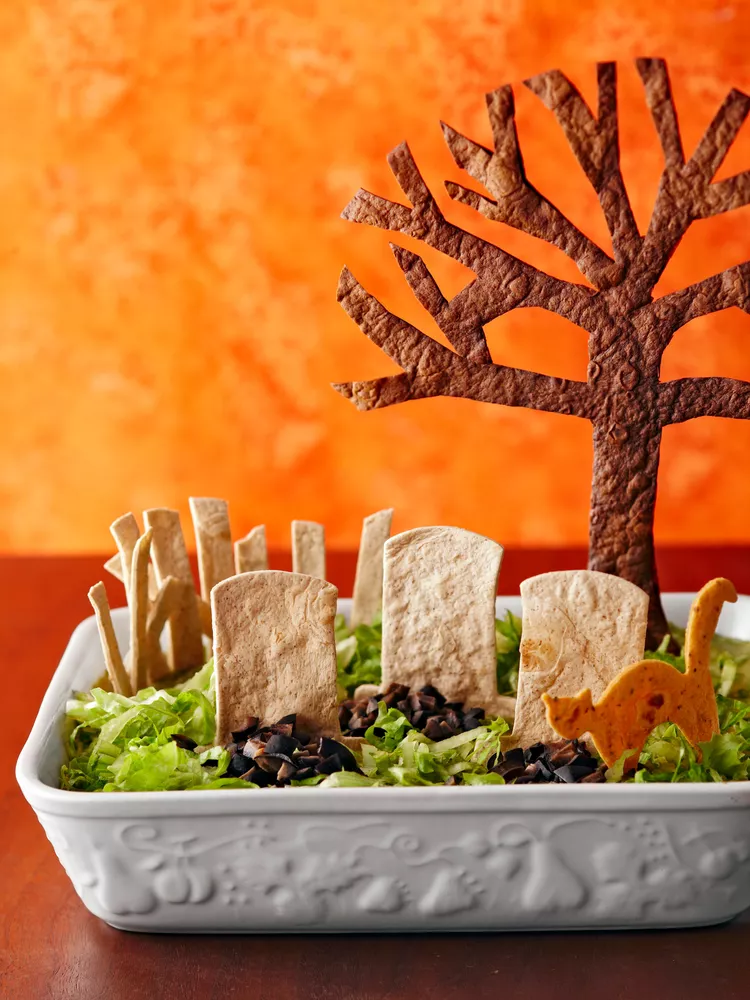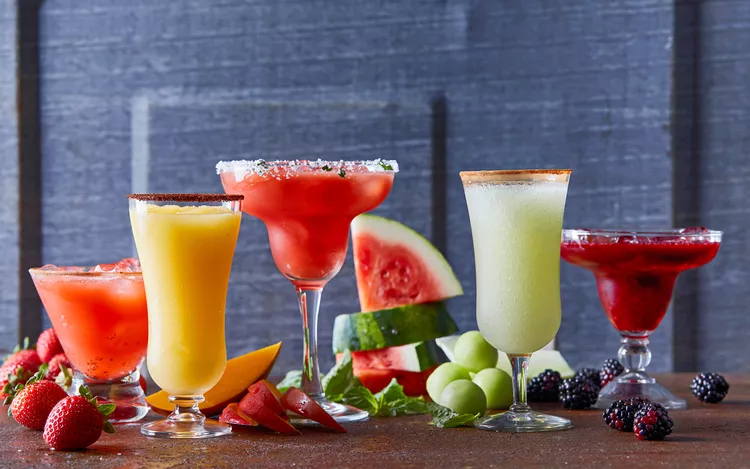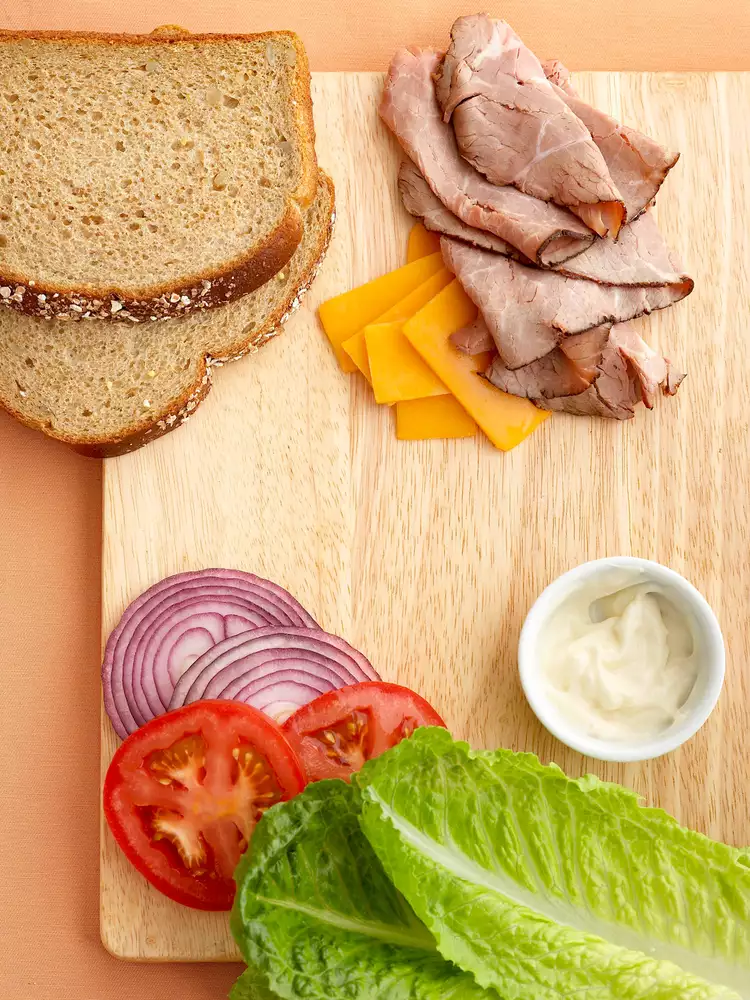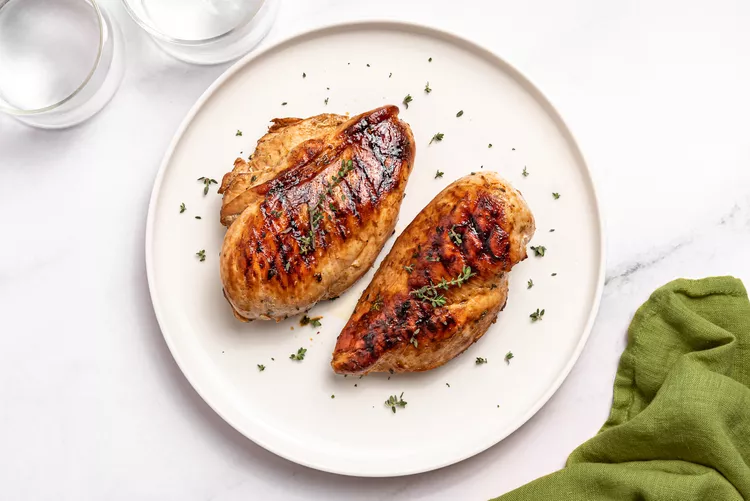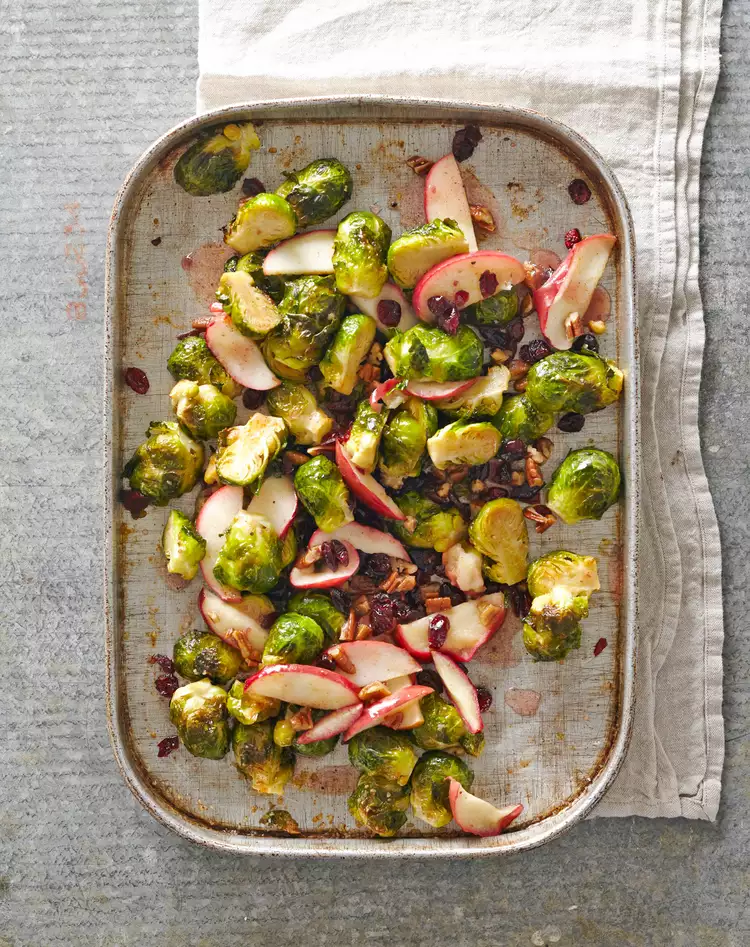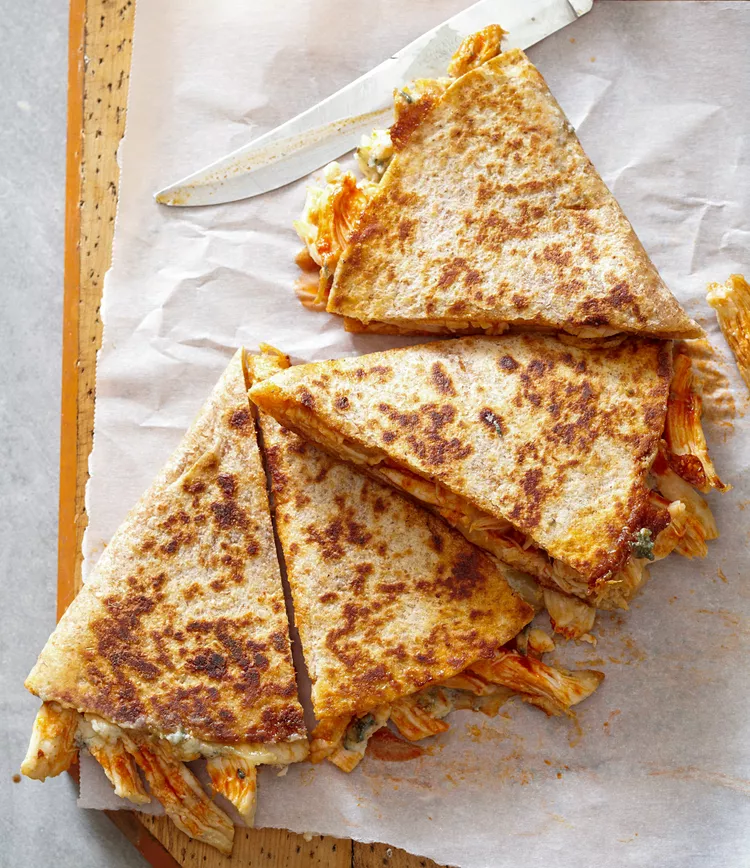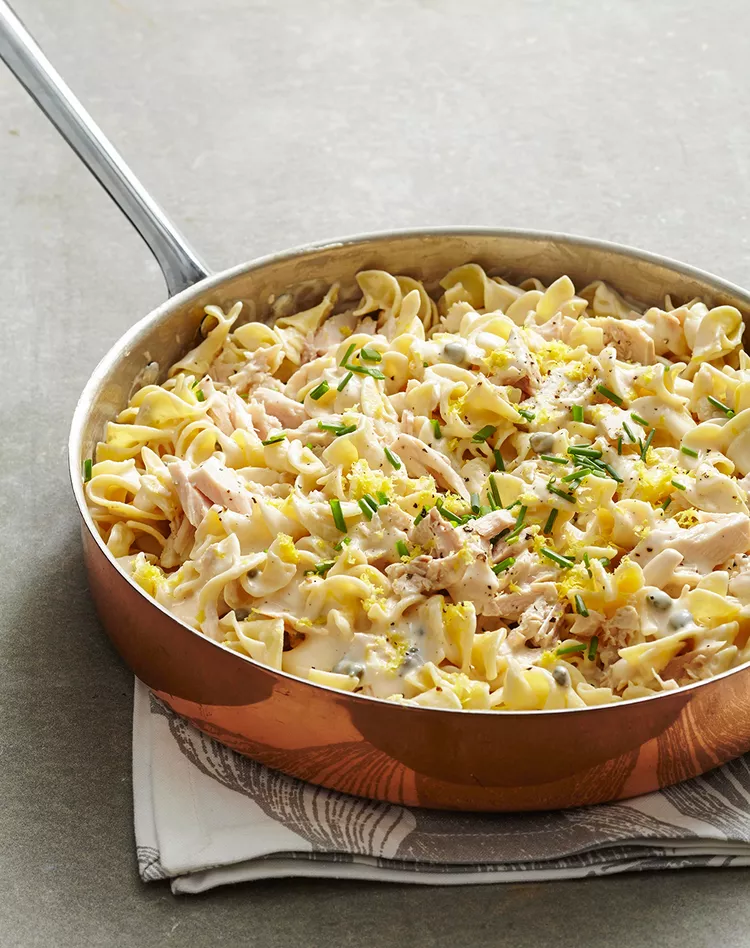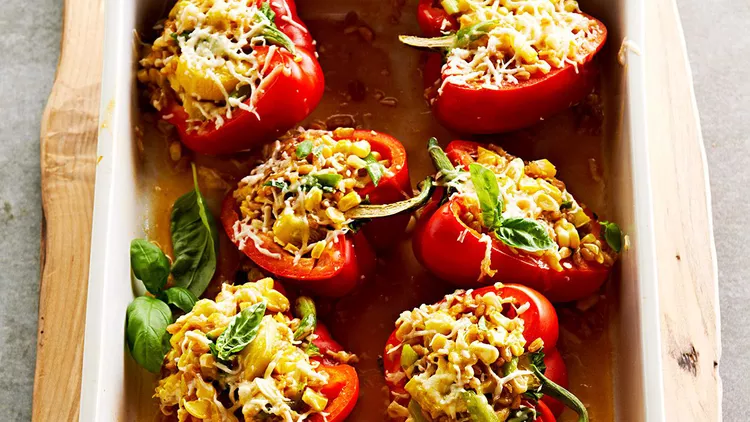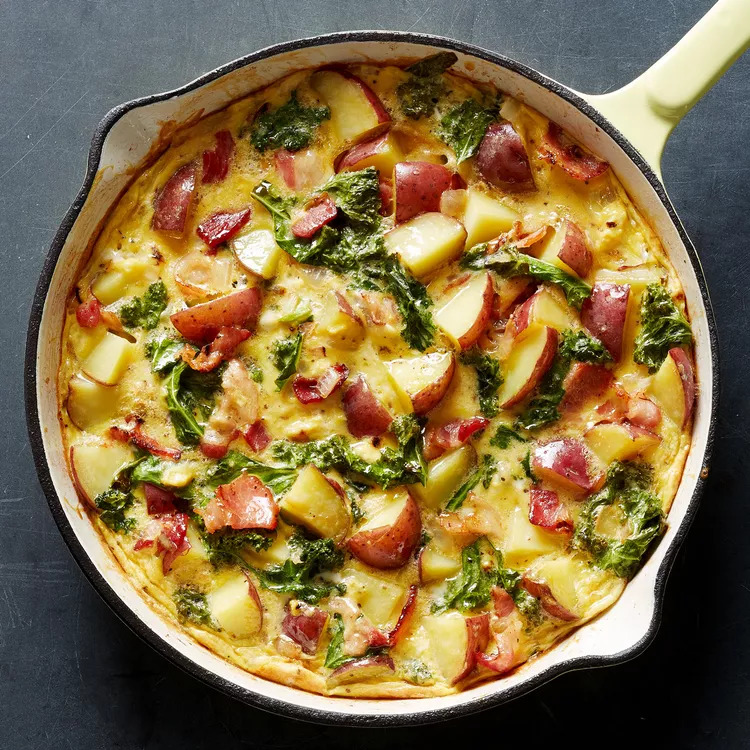A homemade pie is always sure to be a showstopping dessert, and it doesn't have to be complicated. In just five easy steps, you can make your own homemade piecrust from scratch, add your own filling, and bake. Our how-to guide will teach you everything you need to know about making and baking a piecrust, but if you're looking for more specific information, like what temperature to bake an apple pie or how long to bake a blueberry pie, it's best to pick one recipe and follow those instructions.
Step 1: Make the Piecrust
First, decide what type of piecrust you want to make—it depends at least in part on what you want the filling to be. For example, for most pumpkin and pecan pies, you'll want to learn how to make a single-crust piecrust. But for most fruit pies, like apple and cherry, you'll want to make a double-crust piecrust. Once you've chosen your recipe, follow these steps for success:
- Use a pastry blender to cut shortening into the flour mixture. Work the mixture until the pieces are the size of small peas.
- Sprinkle ice-cold water, 1 tablespoon at a time, over the flour mixture. Toss gently with a fork. Push to one side of the bowl.
- Repeat until all of the flour mixture is evenly moistened. After the flour is moistened, use your hands to gently press and form the dough into a ball.
:strip_icc():focal(289x0:291x2):format(webp)/Rolling20out20pie20crust-ffe666d76c954d3d913e328377cffbc8.jpg)
:strip_icc():focal(244x0:246x2):format(webp)/Rolling20pie20crust20into20pie20pan-06a7096be4e94ab0bae6896fce247708.jpg)
Step 2: Roll Out the Piecrust and Transfer It to a Pie Plate
For a lot of new bakers, transferring a piecrust to the pie plate without tearing, stretching, or breaking it can be a little tricky. But if you follow these instructions, it'll go just fine:
- On a floured surface, use a floured rolling pin to roll out the dough from center to edge. Using light, even strokes with the rolling pin, form a 12-inch circle with an even thickness.
- Wrap the piecrust around the rolling pin to transfer to the pie plate.
- Holding the rolling pin over the pie plate, unroll the piecrust starting at one side of the pie plate.
- Ease the piecrust into the pie plate without stretching it.
- Lightly press the piecrust into the bottom and up the sides of the pie plate.
:strip_icc():focal(289x0:291x2):format(webp)/Trimming20pie20crust20edges-38f97dd85a1347fba098842d335ea52f.jpg)
:strip_icc():focal(274x0:276x2):format(webp)/101137389-8a61e9a4806a4fe39ca46fb9104675a0.jpg)
Step 3: Shape the Edges
You can learn how to give your piecrust a special edge if you want, or you can keep it simple:
- Use kitchen scissors or a small knife to trim the excess dough to 1/2 inch beyond the edge of the pie plate.
- Build up the edge of the pie shell by folding the extra 1/2 inch of pastry under so it is even with the rim of the pie plate.
- To crimp the edge (give it a fluted shape), place a finger against the inside edge of the piecrust. Use the thumb and index finger of your other hand to press the piecrust around your finger. Continue around the full circumference of the pie plate.
:strip_icc():focal(274x0:276x2):format(webp)/101135742-f9cde56db1ef4e3eb4f8ce5e03cff1cb.jpg)
:strip_icc():focal(289x0:291x2):format(webp)/Covering20pie20crust20with20foil-5b7de6aa1d4b4305b56e3277c16d2cea.jpg)
Step 4: Add the Filling and Bake
Now comes the fun part—making your filling and baking your pie! You can turn your piecrust into a luscious apple pie recipe or a super-juicy berry pie. Just follow these steps:
- Stir together the filling for your pie according to the recipe. Pour the filling into the unbaked piecrust—keep in mind that some recipes call for baking the piecrust before filling it, so be sure to double-check your recipe before adding the filling.
- Preheat your oven so the pie bakes evenly. To prevent overbrowning, cover the edge of the pie with foil, loosely molding the foil over the pie's edge.
- Carefully transfer your pie to the oven, being careful not to spill liquid filling over the edge of the crust (if it's a single-crust pie).
- Wondering how long to bake a pie or what temperature to preheat your oven to? It's always best to follow your recipe closely, because different pie fillings can have different baking times and temperatures (you can typically count on the temperature being between 350°F and 375°F). Remove the foil and bake 20 to 25 minutes more or as directed by your recipe.
Step 5: Test for Doneness
One of the most important parts of making a homemade pie is testing it when it comes out of the oven to make sure it's done (and we don't mean taste-testing). There are different tests for different pies, so follow these instructions when your pie comes out of the oven:
- Cream and custard pies are done when a knife inserted near the center comes out clean.
- Fruit pies are done when the filling is bubbly and the top crust is golden brown.
- Cool your pie on a wire rack. Some pies—like custard and cream pies—need to be stored in the refrigerator. Other pie recipes are best served warm, so be sure to follow your recipe's serving and storing instructions.
